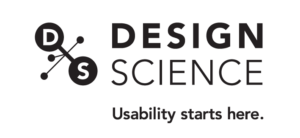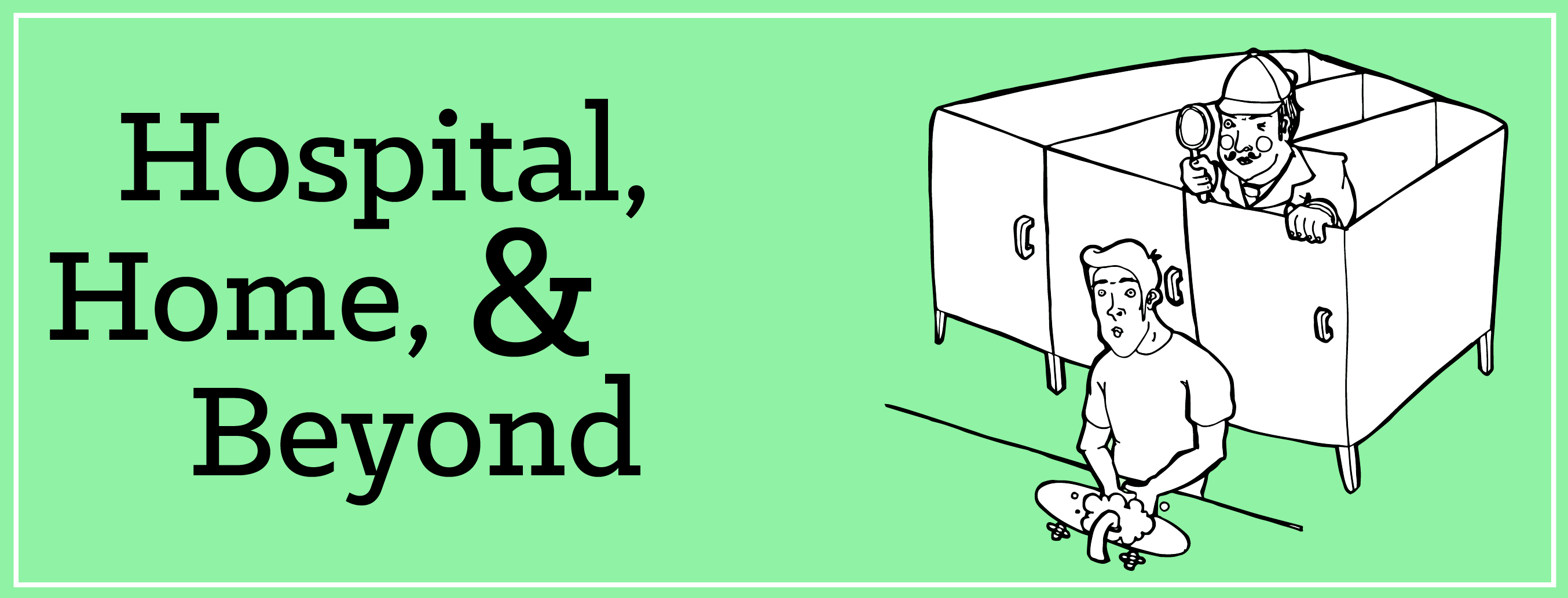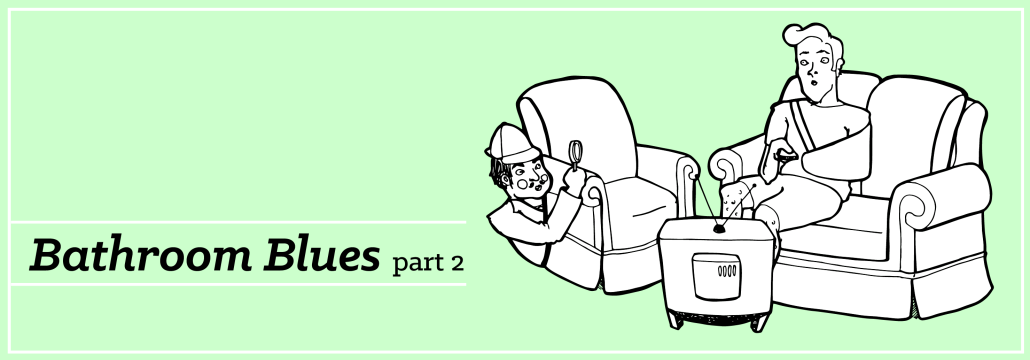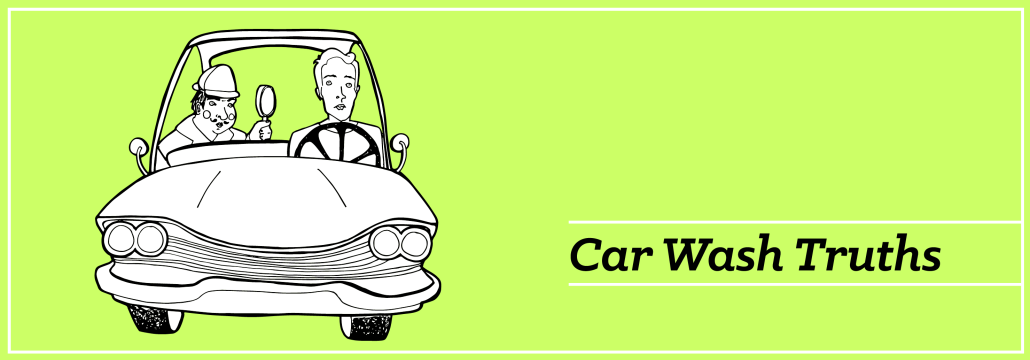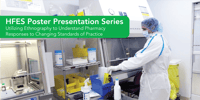Hospital, Home, and Beyond
/ in user-centered design , consumer insights , consumer products , contextual inquiry , customer education , ethnographic research , ethnography , news , personas , product design / by Christina SWhile Design Science is most well known for its experience in conducting ethnographic research at medical facilities, a growing number of our projects provide opportunities for us to venture outside of the hospital and apply our methodologies to the study of non-medical products. As a field researcher I have had the chance to participate in a number of “unconventional” projects that took me to unexpected places to answer unusual questions.What became evident is that our structured approach to user research is highly effective for studying and improving the consumer experience. In this post I’ll share a few personal stories, including key lessons that the product manufacturers learned in the course of the research.
Bathroom Blues: Part 1
The problem: Our client’s product, a paper towel dispenser, was being broken by users—they needed to do some serious research in a restroom.
What we did: We installed a tiny motion-activated camera to capture the users’ hands—and only their hands—as they tried to get a paper towel. Part of my job was to re-set the paper towel “scenario” after each user interaction, so I spent some quality time at a restaurant bar waiting for people to use the restroom.
The outcome: This targeted, video-based research was extremely effective: we identified the issue with the product’s design and recommended changes to its graphical instructions to mitigate the problem.
Client lesson: The physical limitations of your users are not always obvious. In this particular case, the product users were not only ladies but also young ladies—kids with smaller hands and a shorter reach. These users were having difficulty interacting with the paper towel dispenser as it was intended, which in most cases led to a series of consequences that affected future interactions with the product.
Don’t make this mistake. To ensure that you don’t overlook a user group, perform contextual inquiry (i.e., observational research) at a reasonable number of sites that are representative of the intended use-environment. Document exactly what groups of users come in contact with your product and what characteristics define them.
Bathroom Blues: Part 2
The problem: None! In this case our client was conducting research to proactively identify and address problems during their product development process.
What we did: We documented how an elderly man, “Mr. Jones,” interacted with a sling-like medical device accessory at his home throughout the day. Despite our video cameras and non-disclosure forms, Mr. and Mrs. Jones were soon at ease, treating the research team like family.
The outcome: Mr. Jones had to go to the bathroom quite a few times during our stay, which is not uncommon for men his age. We learned that the sling accessory was a pain to manage on trips to the restroom—in fact, Mr. Jones found it unbearable. He offered several workarounds and solutions to the problem.
Client lesson: Usability testing with family, friends, and engineers is not a replacement for testing your true users. Upon discussing Mr. Jones’ problem with our client, it wasn’t shocking that it had not come up when conducting an informal study with their company employees; the issue was unique to actual device users.
Don’t make this mistake. Before getting too far into the design process, test products with participants who reflect the characteristics of the representative users. This often involves formal recruitment using comprehensive screening criteria. It’s also common sense that study participants who know the product designer are less likely to provide open and honest feedback—designing a study in which both the researcher and the participant have no ties to the study product is the best way to ensure factual accuracy.
Car Wash Truths
The problem: Our client needed to better understand the details surrounding car wash practices.
What we did: We conducted observations and interviews at car washes across the country—researcher perks included free car-detailing and a new appreciation for the differences between a wax, a polish, and a sealant. To uncover the “why” behind consumer decisions, we designed our site visits to fit in conversations with all stakeholders at the car wash: the owners and managers, the detailers, and of course the customers with dirty cars.
The outcome: From our data we were able to provide rich “personas”—realistic representations of groups of consumers with certain perspectives and common practices.
Client lesson: Consumer education is key. I wasn’t the only car owner with bad (or nonexistent) cleaning habits and a general sense of confusion regarding the variety of car-care products and services on the market. In fact, there was a serious divide between “expert” consumers and “basic” consumers—in this case, educating basic consumers was a potential route to increasing sales. One of the car washes in our study was doing just that, brilliantly.
Don’t make this mistake. Product teams know a lot about their market, and they often forget that average consumers do not. Again, contextual inquiry and interviews are a good way to uncover this information. Here, researcher technique is critical—they should put a participant at ease without biasing answers or leading the participant to say what they expect (or want) to hear.
Share this entry
-
Share on Facebook
Share on Facebook
-
Share on Twitter
Share on Twitter
-
Share on Google+
Share on Google+
-
Share on Linkedin
Share on Linkedin
-
Share by Mail
Share by Mail
